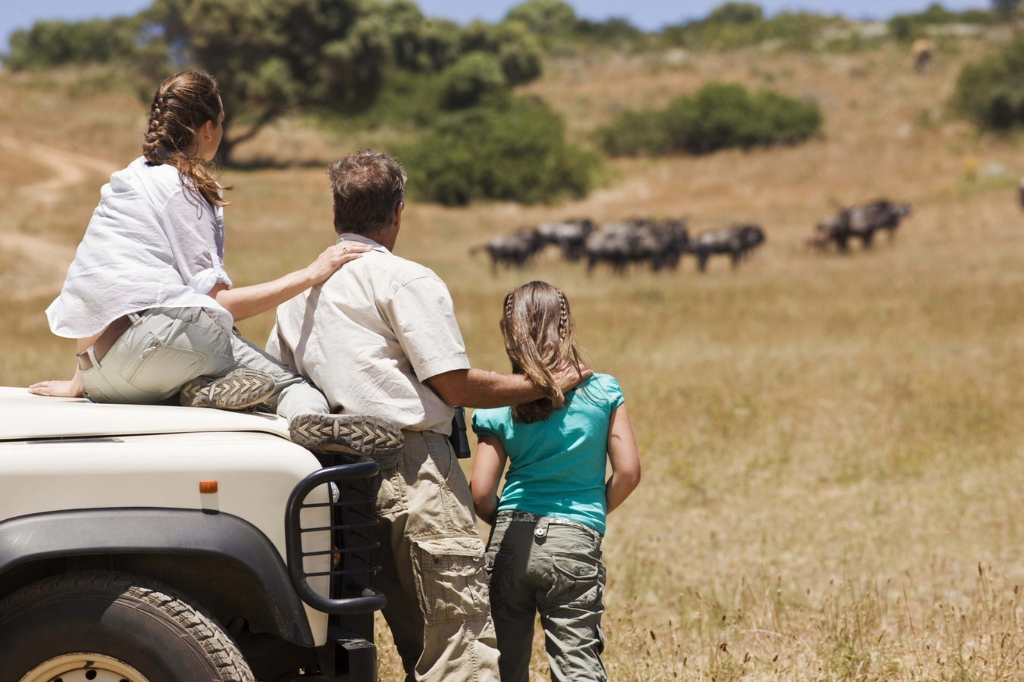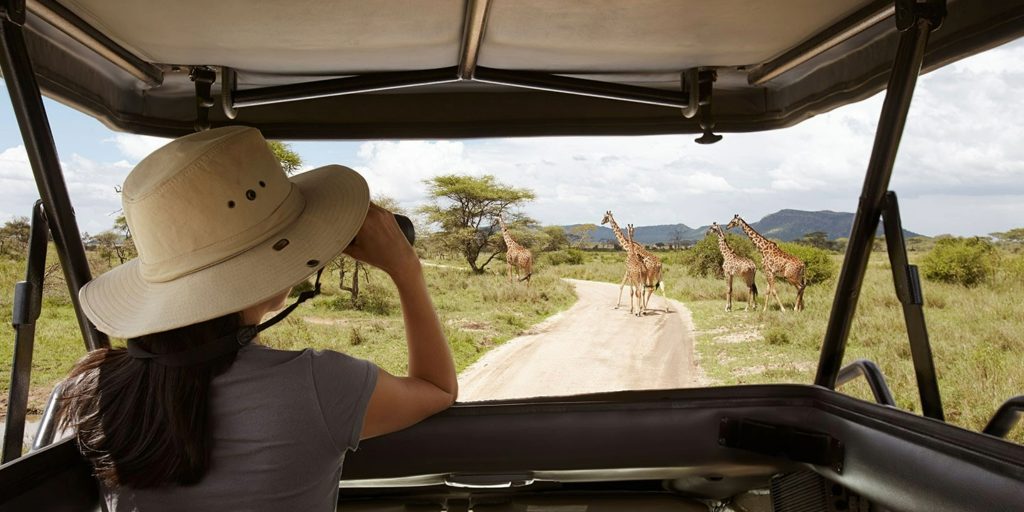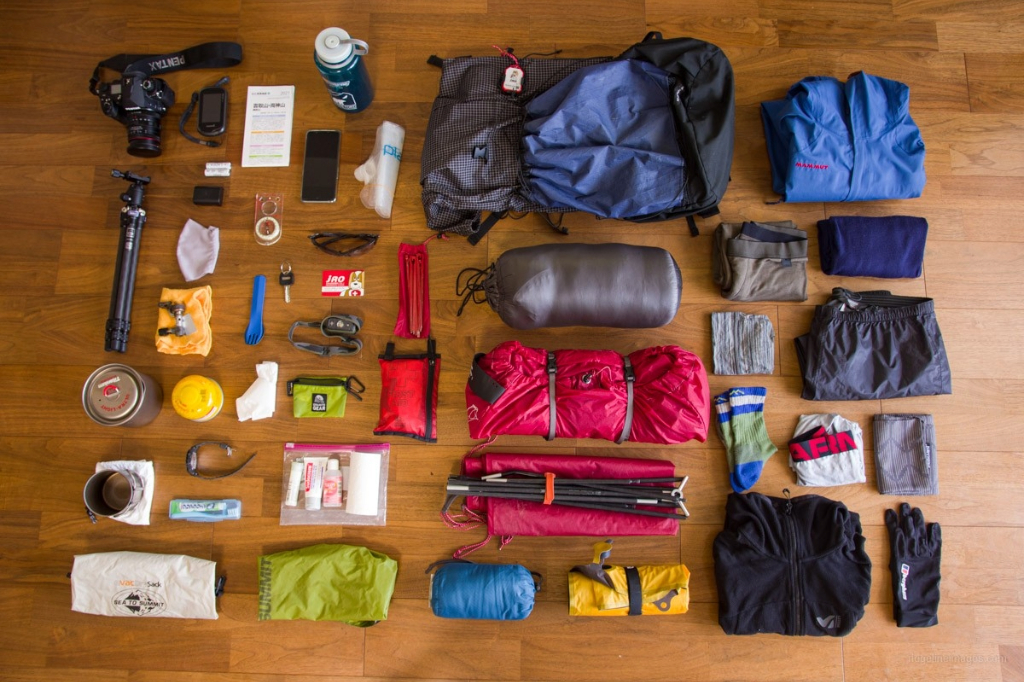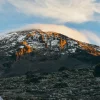Tanzania Safari Tips for First Timers (2025): 20 Rookie Mistakes + Easy Fixes
If this is your first safari, good. You’ll see more in one morning than most people see all year. First-time guests often make simple mistakes—we’ve listed them here with clear fixes and a quick pro tip.
Bottom line: these tanzania safari tips for first timers will save you time, money, and stress.

1) Landing in the wrong month for what you want
Mistake: Choosing dates for school breaks or cheap flights, then missing calving or river crossings.
Fix: Match goals to months: Jan–Feb = calving (Ndutu), Jul–Aug = Mara River crossings, Mar–May = great value with green scenery.
Pro tip: Shifting by even a week can mean better rooms and fewer vehicles at sightings.
2) Flying drones without permits
Mistake: Launching a drone in a national park “just for a minute.” Permits are multi-agency, slow, and rarely granted for personal use. Rangers may stop you on the spot.
Fix: Unless you have written approvals from all authorities, leave the drone at home. Ask your guide for high viewpoints for wide shots.
Pro tip: A light telephoto lens from a hilltop gives dramatic “aerial” scenes—without breaking rules.
3) Asking the guide to “go faster”
Mistake: Treating the park like a highway. Speeding misses tracks and stresses wildlife.
Fix: Respect park speed limits and your guide’s pace. You see more when you move calmly and watch signs.
Pro tip: Tell the guide your priority (big cats, elephants, birds, photography). They’ll pace the drive for the best outcome.
4) Skipping sunrise
Mistake: Sleeping through the best hour. Predators move early; light is soft; heat haze is low.
Fix: Lay out clothes the night before. Leave shortly after waking. Nap after lunch.
Pro tip: Keep a warm layer handy for the first 30 minutes so you can focus on sightings.
5) Breaking park rules without realising
Mistake: Going off-road, playing music, feeding wildlife, or parking too close to waterholes.
Fix: Stay on tracks, keep safe distances, follow gate times. Animals have right of way.
Pro tip: Quiet vehicles see more natural behavior. Let the scene settle before you speak.
6) Chasing every radio call
Mistake: Racing from one report to another and arriving late to everything.
Fix: Choose one focus per drive—cats, elephants, birds, or scenery—and stick to it.
Pro tip: Waiting ten extra minutes often turns an average sighting into a great one.
7) Skipping basic health prep
Mistake: Assuming “I’ll be fine” and ignoring malaria prevention, sun care, and hydration.
Fix: Check travel-health advice early. Pack personal meds, insect repellent, SPF, and a small first-aid kit.
Pro tip: Long sleeves at dusk reduce bites. Your guide is experienced and plans breaks and timings to give you the best outcome—follow their lead.
8) Expecting city-speed Wi-Fi
Mistake: Planning to work from camp or upload 4K video nightly.
Fix: Download offline maps and playlists. Treat Wi-Fi as a bonus.
Pro tip: Tell family you’ll check messages once or twice a day—you’ll enjoy the trip more.
9) Over-scheduling park hops
Mistake: One night per park “to see everything.” You end up packing more than game-viewing.
Fix: Book 2–3 nights per stop. Behavior changes from morning to evening.
Pro tip: Fewer hotel moves = more time in the field and better rest.

10) Forgetting a battery backup or starting the day on low charge
Mistake: Dead cameras or phones when the leopard finally moves. Vehicle chargers are not guaranteed.
Fix: Carry a power bank and charge during meals. Keep a spare cable in your daypack.
Pro tip: Use airplane mode and low-power settings to stretch battery life without losing camera function.
11) Underestimating sun and dust
Mistake: No hat, no lip balm, no eyedrops. Dry wind and bright sun can ruin a day.
Fix: Bring a wide-brim hat, sunglasses, SPF 30+, saline eyedrops, and a scarf or Buff.
Pro tip: A small hand-lotion tube stops cracked knuckles from distracting you.
12) Not carrying small cash for tips
Mistake: Only big notes or none at all, making tipping awkward.
Fix: Guides are commonly tipped about $10–25 per guest per day depending on trip style; many camps use a pooled box.
Pro tip: Bring small USD or TZS in an envelope and tip at the end of each stay unless told otherwise.
13) Leaving binoculars at home
Mistake: Relying on phone zoom for a cheetah 200 m away.
Fix: Safarika vehicles carry binoculars for guest use. Bring your own 8× or 10× only if you prefer a personal pair.
Pro tip: Practice focusing on birds at home—you’ll be quicker in the field.
14) No plan for dust and lens care
Mistake: Changing lenses in the wind and wiping glass with a T-shirt.
Fix: Pack a rocket blower, microfiber cloths, and a small brush. Change lenses inside the vehicle with doors closed.
Pro tip: Keep a separate zip bag for used cloths so grit doesn’t scratch the next wipe.
15) Forgetting to book early for peak
Mistake: Dreaming of August crossings with only four weeks’ notice.
Fix: Mara River and Christmas/New Year often need 6–10 months lead time.
Pro tip: If you’re late, ask for waitlists and flexible dates—cancellations happen.
16) Thinking “budget” means bad
Mistake: Writing off public camps or simpler lodges as “not real safari.”
Fix: A great guide and smart routing usually beat fancy bathrooms. Spend where it matters: vehicle, location, guide.
Pro tip: Mix two mid-range nights with one special lodge for a nice balance.
17) Wearing bright white or neon
Mistake: Standing out to wildlife and showing every dust speck in photos.
Fix: Choose neutral colors—olive, tan, brown. Quick-dry shirts; long sleeves at dusk.
Pro tip: A dark fleece looks better in photos and hides dust.
18) Booking the wrong bag weight on bush flights
Mistake: Paying surprise fees or leaving gear at the airstrip.
Fix: Most carriers allow about 15 kg total in soft bags. Re-check your ticket and weigh bags the night before.
Pro tip: Wear your heaviest shoes and jacket on travel days to save weight.
19) Expecting every day to be a highlight reel
Mistake: Calling a drive “bad” because you didn’t see a chase. You miss quieter behavior.
Fix: Be patient. Learn tracks, listen for alarm calls, and let scenes develop.
Pro tip: Keep a short field log—patterns become obvious by day three.
20) Skipping Zanzibar because “it’s extra”
Mistake: Flying home exhausted and dusty, then crashing at work.
Fix: Add 2–3 nights at the beach. Short flights from Arusha or the Serengeti make it easy.
Pro tip: Book a late checkout on your last beach day—you’ll board relaxed, not rushed.

Tanzania safari tips for first timers: packing made easy
- Soft duffel, aim for 15 kg; small daypack for camera and water.
- Neutral clothing, quick-dry layers, one warm fleece.
- Hat, SPF, sunglasses, lip balm, eyedrops, hand sanitiser.
- Binoculars (provided in vehicle) or bring your own if you prefer.
- Any personal meds plus basic first aid.
- Insect repellent; long sleeves at dusk. For malaria prevention, follow medical advice.
Money and small costs first-timers miss
- Tips for guides and camp staff (see ranges above).
- Park and conservation fees vary by park and season.
- Optional extras: balloon flights, night drives (where allowed), laundry.
- Card surcharges in remote areas—carry some cash.
Quick behavior code (keeps you safe and gets better sightings)
- Listen to the guide.
- Animals have right of way.
- Stay on roads and at safe distances; no feeding.
- Keep voices low near big cats and at waterholes.
- No drones without permits.
Fast wins if you want value without losing the magic
- Travel late May–June or late Oct–Nov for shoulder-season rates.
- Mix two mid-range nights with one special splurge camp.
- Share a vehicle as a group of four to lower per-person cost.
- Drive one way, fly one way to save time and energy.
FAQ
Is Tanzania safe for first-timers?
Yes. On guided safaris the risks are low when you follow your guide and park rules.
Do bush flights really weigh bags?
Often, yes. Small planes balance loads carefully. Aim for about 15 kg in soft bags.
Do I need malaria tablets or vaccines?
Use official guidance and your clinician’s advice for Tanzania travel.
Can I fly a drone for personal footage?
Realistically, no. Permits and ranger supervision are required, and most visitors won’t qualify.


















